Green tourism takes off
Scroll down to continueA day doesn’t go by when Randy Burke isn’t grateful for the wonders of the British Columbia coast. The owner-operator of Bluewater Adventures says everyone knows B.C. has a pretty coast with amazing scenery. But declares Burke: “There are very few coasts left in the world that have the wildlife left that we have.
“To be able to go out and see 50 humpback whales spread across the horizon is a wonderful experience and in a world where we're inundated with bad news stories about animals going extinct, it’s wonderful to be able to show people places where wildlife still exists in abundance.”
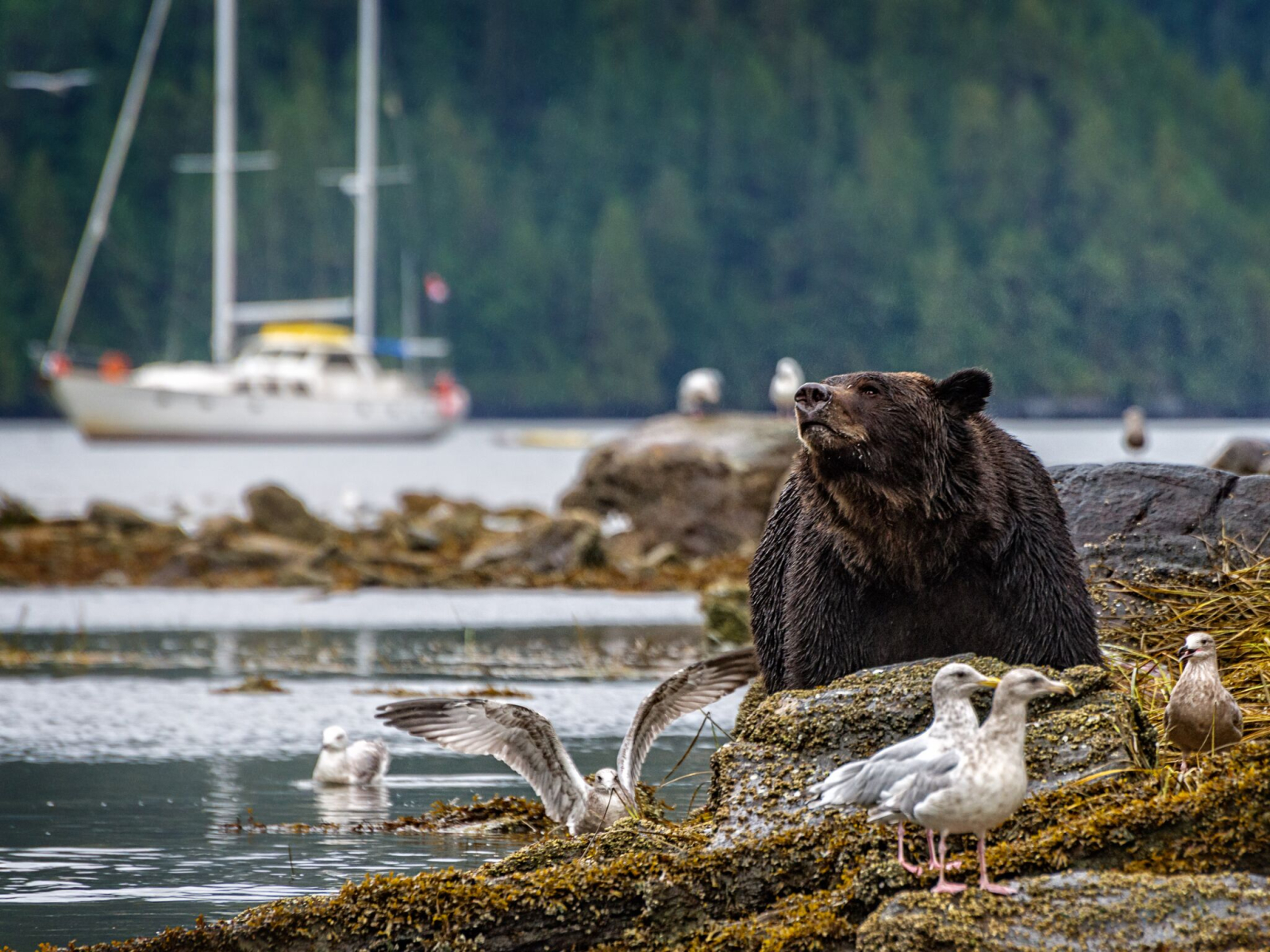
That’s why Burke takes the environment and green tourism seriously. He knows his company, which takes groups of travelers on small ships on remote, multi-day adventures along the West Coast, depends on it.
“Sustainability is just good business sense. Anybody who doesn’t look forward to protecting their own future really isn’t taking a solid perspective to staying in business,” Burke contends.
Bluewater Adventures is one of a number of tourism companies working to reduce its environmental footprint. The firms are joined in their belief that sustainable tourism isn’t just good for business, but that it’s the right thing to do.
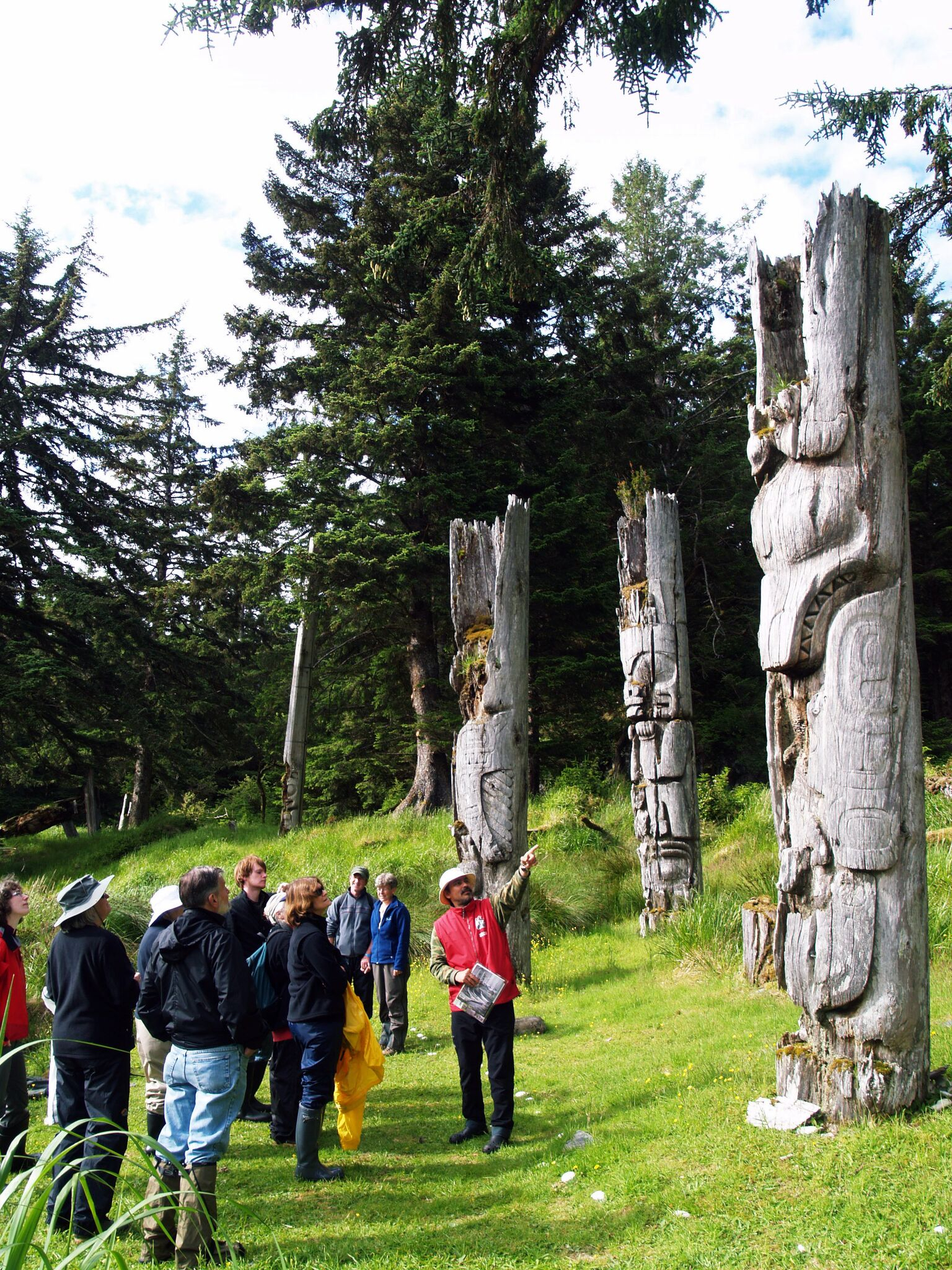
Green tourism the "ethical thing to do"
Scroll down to continueBeginning four years ago, Bluewater - which has been rated carbon neutral since 2007 - went green in a big way.
The company’s list of sustainable initiatives is long and includes offsetting its carbon emissions from fuel use and crew flights through Offsetters; purchasing locally sourced fish and seafood; changing over its boat’s lights to energy-saving LEDs; and joining the 1% for the Planet alliance.
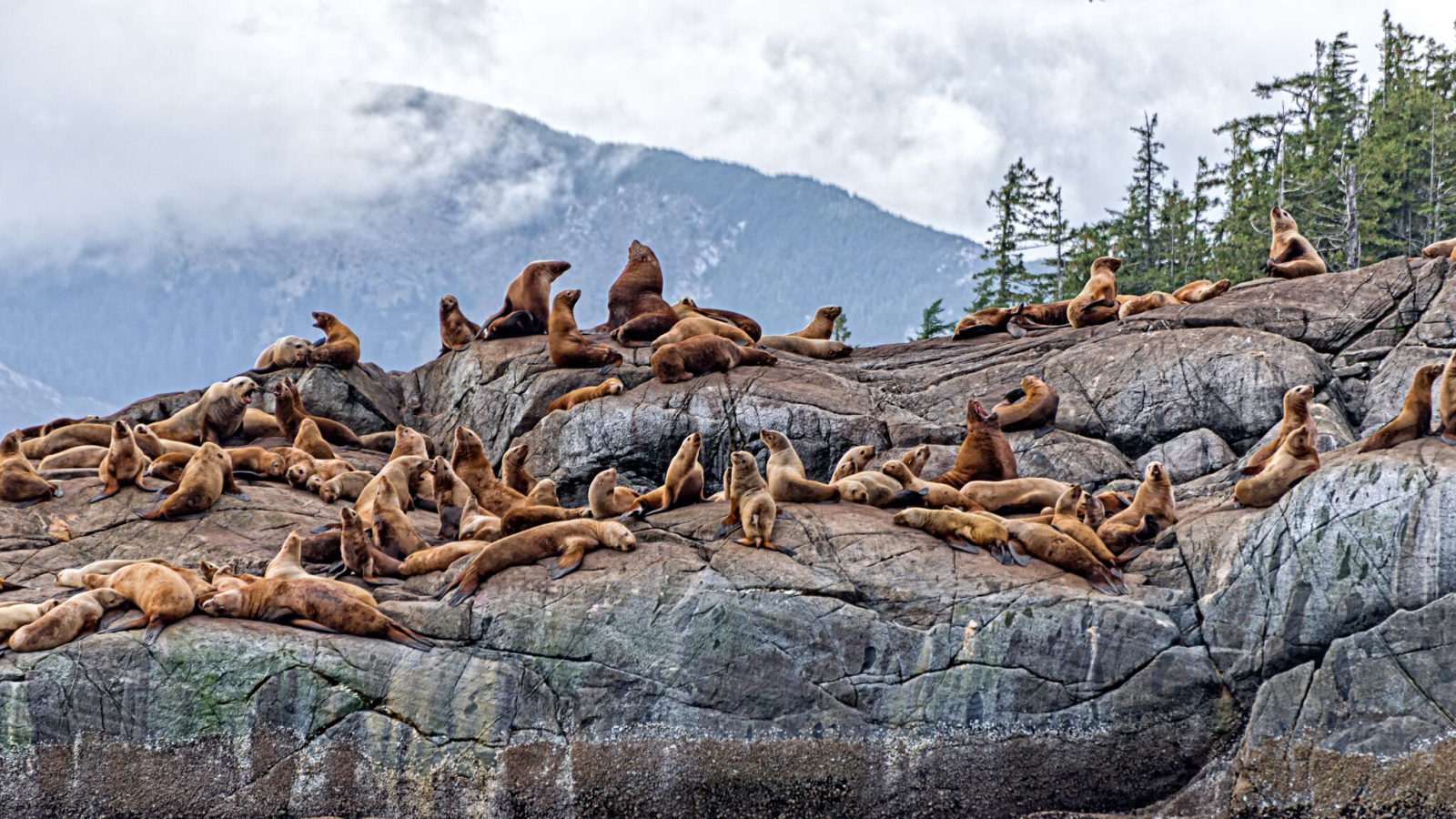
Through the latter, Bluewater donates one per cent of its trip fees, which are distributed to a number of environmental non-profits, including the Raincoast Conservation Foundation, the David Suzuki Foundation, the Sierra Club of B.C., and the Dogwood Initiative.
In 2015, Bluewater completed a two-year audit that Green Tourism Canada performed, the second such audit carried out on the company. Bluewater’s Gold rating improved by eight per cent.
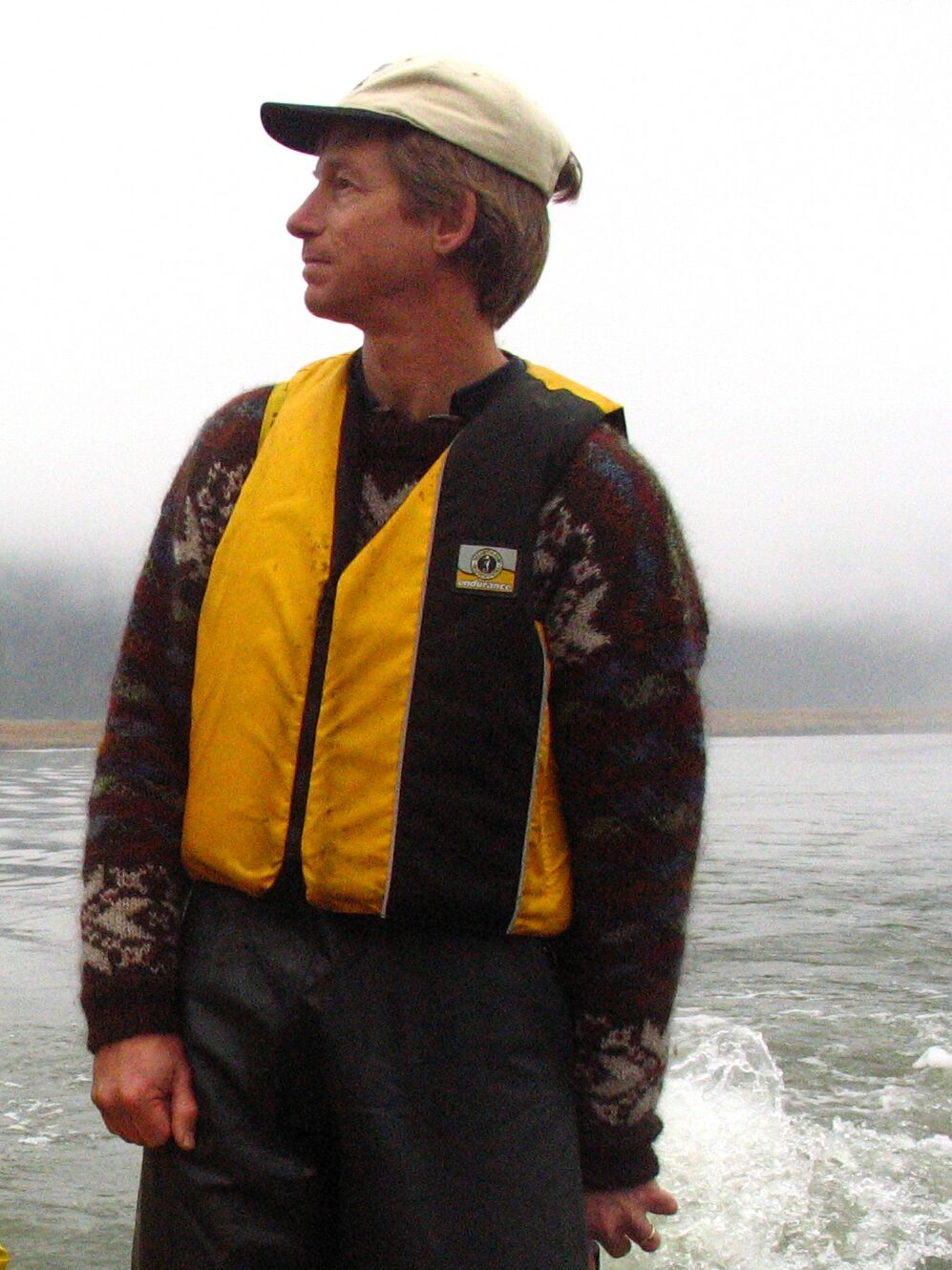
Burke says the higher score is something he personally feels good about. “Whether or not it actually makes a difference to our business success, it's still too soon to tell, but it’s fundamentally the right thing to do.”
Bluewater made the decision to work with Green Tourism Canada four years ago, because Burke says it’s very hard in the area of environmentally conscious tourism to differentiate the people who talk about being sustainable and those who actually work at it.
Green Tourism Canada evaluated everything from the company’s waste management strategies, to their relationships with First Nations people on the coast. Burke appreciated not only hearing that Bluewater is doing an excellent job at sustainable tourism, but that it was confirmed through a third party.
“It’s the ethical thing to do,” Burke says. “We consider ourselves an eco-tourism company and that’s just part of what that is.”
Embracing sustainable business
Scroll down to continueFurther inland, at Crescent Valley near Nelson, B.C., Andrea Ryman and her partner Chris are also embracing sustainable business practices. Their company, Endless Adventure, specializes in whitewater kayaking, but also offers paddle board lessons and hosts festivals and races throughout the community.
Endless Adventure’s foray into green tourism is relatively small, but also matched to the business’s budget. Ryman says they’ve added LED lights to their operation and currently are looking at upgrading the vehicles they use to transport people to the kayaking rivers.
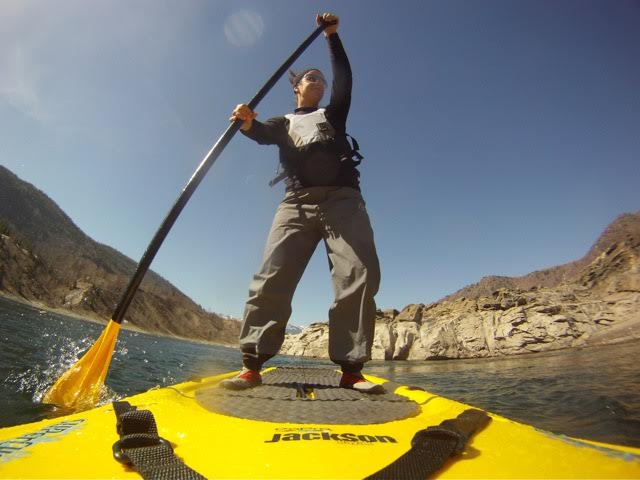
A staff-member-of-the-month incentive has encouraged Endless Adventure’s staff to become creative as well. At one of the firm’s eco-friendly kid’s camps, one staff member used all the left-over boxes from shipments and involved the children in building a massive castle with them over the space of a week.
While the budget restricts Ryman to a smaller effort, she still has big dreams. She wants to become a Gold member of Green Tourism Canada and would love to see the day when the company uses solar power and has bio-fuel powered vehicles.
She did consult with Green Tourism Canada on Endless Adventure’s sustainability efforts. “More people these days are actually looking for environmentally conscious tourism, so we wanted to see what we were doing that was good, but also to take us to the next level to improve,” Ryman says.
While Ryman believes currently only a small percentage of customers are sourcing out sustainable tourism companies, she believes it will only increase in popularity. “I want to show people that this is possible, that there’s support and funding out there, and if we all do a little bit, it means a lot.”
The official Green Tourism certification began in the United Kingdom in 1997 as a way to help tour operators and tourist attractions improve their sustainability while gaining recognition for their efforts at the same time.
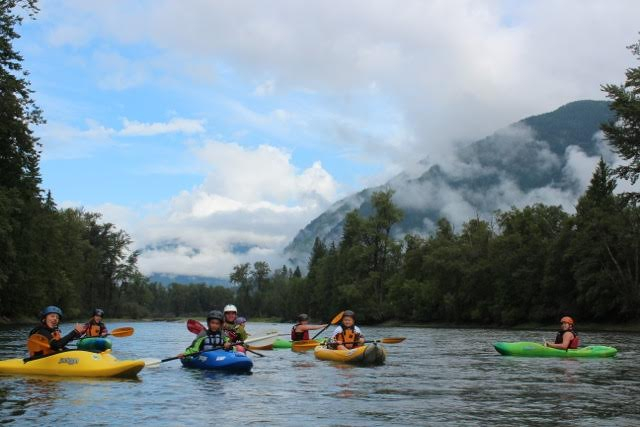
In Canada, GreenStep delivers the program to help tourism and hospitality businesses meet their sustainability goals. To date, more than 100 Canadian businesses have received their Green Tourism certification.
GreenStep co-founder, Angela Nagy, says most often it’s the small and medium sized businesses that need help because they can’t afford to hire a full-time sustainability person.
In the same way, the companies may be concerned about the cost of going green and often don’t even know where they should spend their money first in their quest for sustainability.
“They want to do the right thing, but they don’t want to get accused of greenwashing, of not being authentic and credible about their green story,” Nagy says. “They’re not quite sure how to tackle it best.”
GreenStep helps tourism companies - like Bluewater and Endless Adventures - look at the opportunities they have to reduce their environmental footprint. But Nagy says it’s done in a way “that helps them tell a really credible story, attract new guests and hopefully find some operational cost savings as well.”
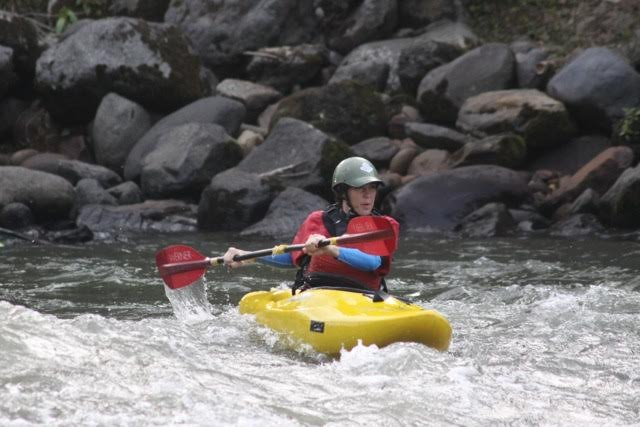
White water kayaking in B.C. Photo from Endless Adventure.
The greening of a hotel
Scroll down to continueCertainly, that’s been the experience of the Westin Hotel in Ottawa. Part of the Starwood Hotel and Resorts chain, the Westin is the largest hotel in the capital city with 500 guest rooms and over 500,000 square feet of space.
Five years ago, under the leadership of Jeff White, the hotel’s director of engineering, the Westin intensified its efforts to go green. The Starwood chain had set out a challenge for the chain’s hotels that it called 30/20 by 2020. That calls for a 30 per cent reduction in energy and a 20 per cent reduction in water by 2020 based on 2008 year-end statistics.
To meet the challenge, the Westin added new environmentally friendly features to the building during a renovation. Air-assisted toilets replaced all the traditional toilets, resulting immediately in a significant water saving of approximately two and a half gallons per flush spread over 500 guest room toilets.

The hotel also replaced two large units that cool the building at a cost of $1.5 million. The newer technology resulted in a close to 75 per cent reduction in power consumption.
LED lights replaced all the public area lighting, some 4,000 light bulbs in all. The hotel is now doing the same for all the lighting in the guest rooms.
But in amongst these and many other green initiatives, the real show-stopper was the back staircase in the hotel.
To encourage associates to take the stairs instead of the elevator - saving power on its use - the staircase was converted into a piano keyboard. That particular initiative turned out to be one of the key points that enabled the Westin to a coveted Hotel of the Year award through the Hotel Association of Canada.
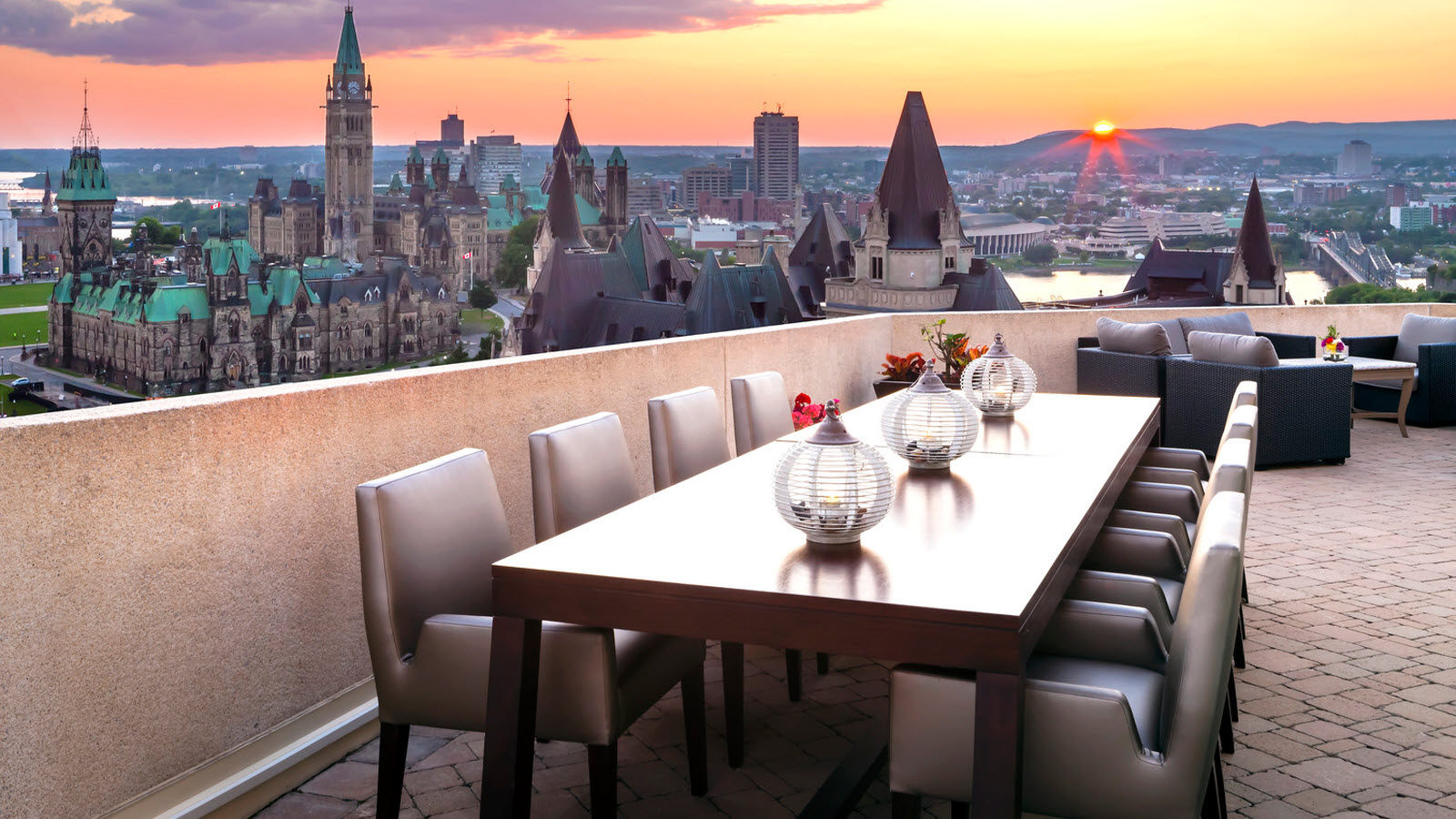
On the phone from Ottawa, White says if he looks over at his bookcase, he can see three trophies from the Hotel Association for sustainable hotel of the year.
After chairing the hotel’s green committee for five years and winning all the awards and accolades, White says it almost became like if Leonardo DiCaprio wins an Oscar. “It’s hard for him to win another Oscar. How do you keep the momentum going?”
The Westin looked to GreenStep and the Green Tourism program for the answer. GreenStep is offering the hotel a series of webinars on how to move forward with its sustainability program. White says the third-party consultation is counting to help keep the Westin’s environmental committee engaged and motivated.
Meet the carbon neutral whale watching company
Scroll down to continueBack in B.C., Eagle Wing Tours out of Victoria calls itself the first 100 per cent carbon neutral whale watching company. Brett Soberg, co-owner of the company, says in 2015 they took 26,000 people out on the water and every one of them heard about the environmentally friendly programs the firm has developed on and off the water.
“Our objective is to be the voice on behalf of the animals we have the pleasure of saying hi to, have the pleasure of developing a business around. So it’s important that we’re mindful of that. Without them being healthy, happy and enjoying themselves, we’re not going to have a business at all.”
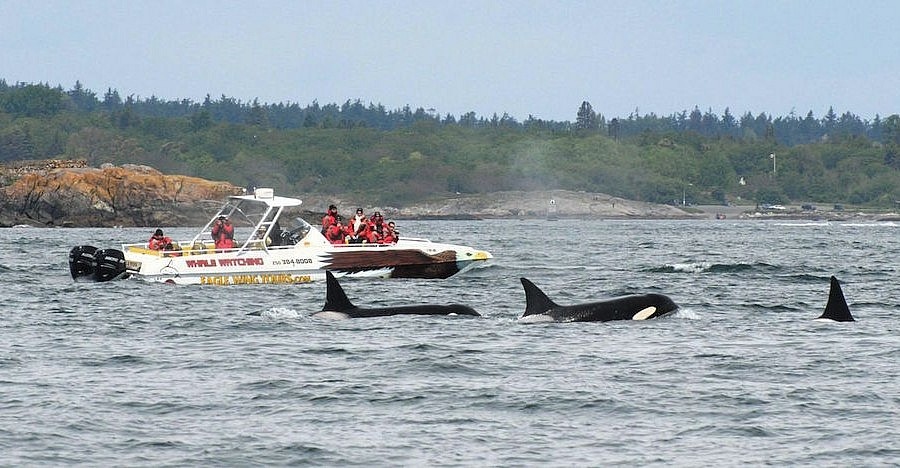
The company measures its carbon footprint, converting its 'actives' such as electricity consumption, fuel use and waste to CO2 tonne equivalents. Then Eagle Wing staff work on short term and long term goals to reduce their emissions by riding bikes to work, buying local, implementing best available technology for boats and diverting waste out of the landfills, among other things.
The remaining emissions are offset with purchases from the Carbon Fund.
As well, the company is Victoria's first eco-tour operator to become a member of 1% for the Planet and to implement a mandatory $2 wildlife fee in 2013.
In 2013, Eagle Wing immediately obtained Gold, Green Tourism certification and was re-certified again in 2015. As a result of their sustainability initiatives, other businesses have followed.
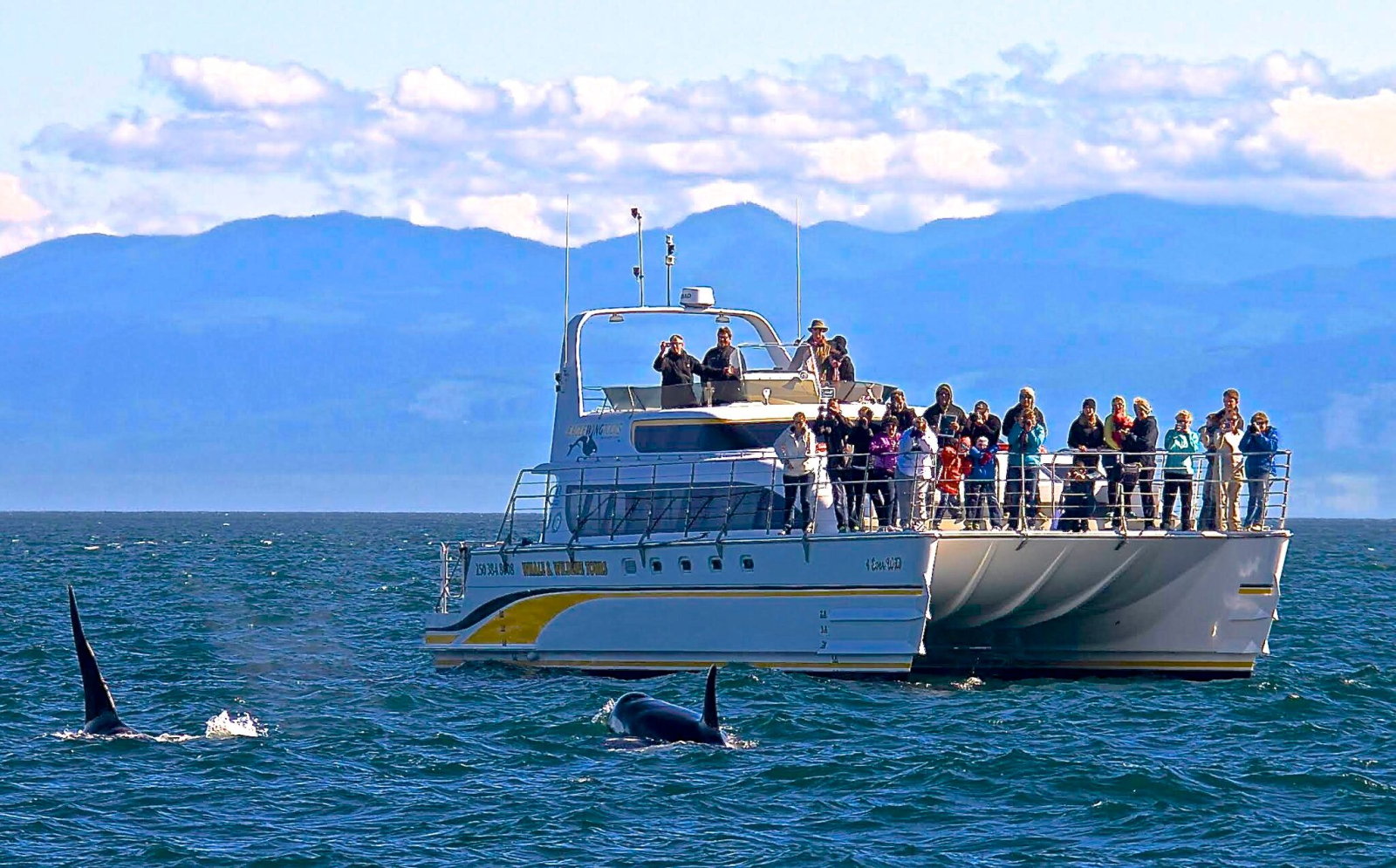
“We’re where we want to be,” Soberg says, “doing what we want to do and along the way pulling other businesses in behind our wake.”
Soberg concludes that it’s not difficult going green. “It’s just a matter of flicking that switch on in your brain and making choices that are a bit more sustainably minded.
“We need to start making all these decisions now; otherwise, it’s going to be a really hard battle to come back from all those changes going on around us.”


